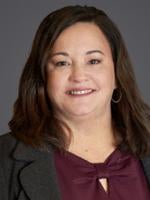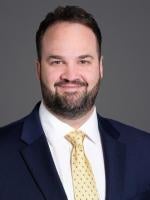On May 7, 2022, the day after the latest revision to the California Division of Occupational Safety and Health’s (Cal/OSHA) COVID-19 Prevention Emergency Temporary Standards (ETS) went into effect, Cal/OSHA issued updated answers to frequently asked questions (FAQs) and a fact sheet. The FAQs continue to evolve and change with each revision and readoption of the ETS. The FAQs now reflect the updated definitions, processes, and changes to the quarantine requirements for close contacts. Cal/OSHA has clarified and explained the following points:
-
The term “fully vaccinated” is no longer used in the regulations. All protections now apply regardless of vaccination status and requirements do not vary based on an employee’s vaccination status. The ETS does not require employers to document employee vaccination status, but employers may continue to do so.
-
The definition of “COVID-19 test” has been simplified to make it easier to use self-administered and self-read tests for return-to-work purposes. A video or observation of the entire test process is no longer necessary; a date- and time-stamped photograph verifying the test result will now be sufficient.
-
An employee has had a “close contact” if the individual was “within six feet of a COVID-19 case for a cumulative total of 15 minutes within any 24-hour period during the COVID-19 case’s ‘infectious period.’” According to the FAQs, the definition of “close contact” will change if the California Department of Public Health (CDPH) changes its definition of “close contact” in a regulation or order.
-
The ETS’s required quarantine and workplace exclusion periods for employees with COVID-19 “are the same as CDPH’s recommended isolation periods for positive COVID-19 cases.” “For employees who [have] had a close contact, employers must review CPDH guidance and implement quarantine and other measures to prevent COVID-19 transmission in the workplace.” The FAQs’ tables set forth the CDPH’s exclusion requirements for employees who test positive for COVID-19 as well as CDPH quarantine guidance for close contacts.
-
Even though Cal/OSHA does not enforce California’s 2022 COVID-19 supplemental paid sick leave (SPSL) regulations, the agency has provided an explanation for workers:
[The] 2022 SPSL entitles covered employees in the public or private sectors who work for employers with 26 or more employees to up to 80 hours of 2022 COVID-19 related paid sick leave from January 1, 2022 through September 30, 2022, with up to 40 of those hours available only when an employee or family member tests positive for COVID-19.
Employees need not have been exposed to COVID-19 at work for 2022 COVID-19 Supplemental Paid Sick Leave to apply. Unlike 2021 SPSL, employers may not require employees who are excluded from work under the ETS to first exhaust 2022 COVID-19 Supplemental Paid Sick Leave. (Emphasis in the original.)
Cal/OSHA’s updated fact sheet provides a helpful two-page overview of COVID-19 ETS changes and employer duties and includes many of the FAQs.





 />i
/>i

